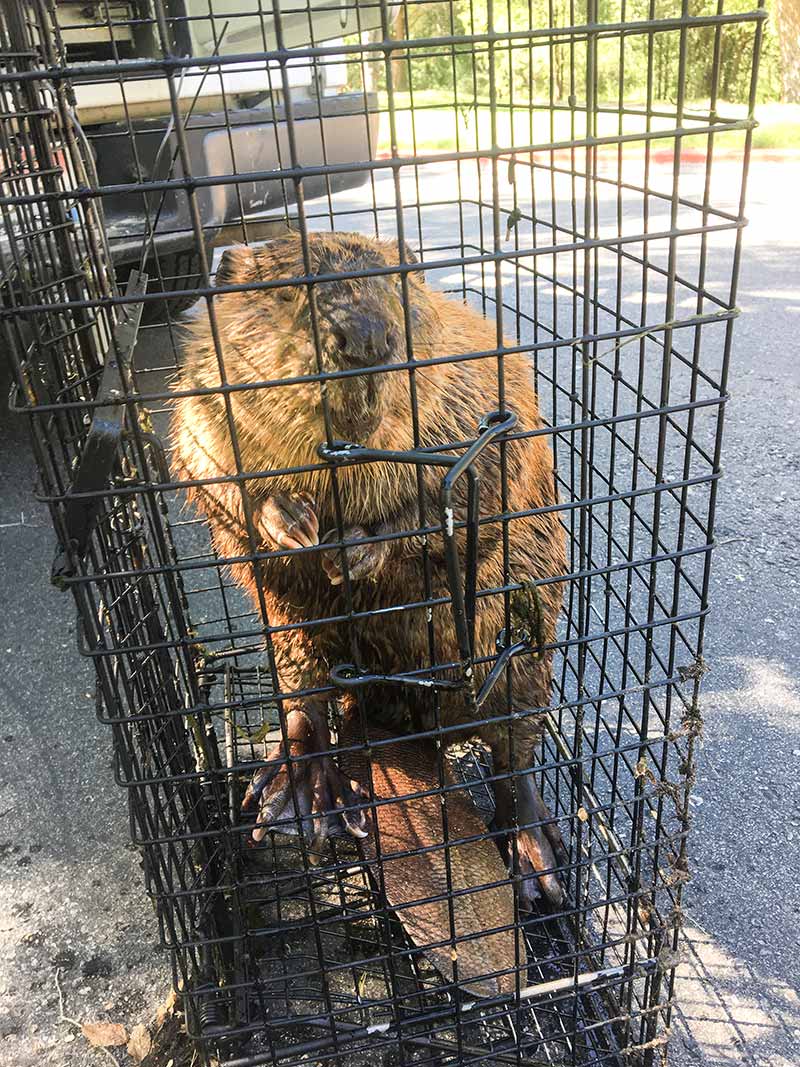Beavers
Beavers are typically peaceful animals living alone or with a small family group. They avoid human contact. However, as with all wildlife, always exercise caution. While generally considered small, there is a risk of the transmission of rabies, parasites or other diseases to you or your family. Beavers can also contaminate waterways with general unsanitary conditions and numerous parasites including giardia, an intestinal parasite.
Identifying a Beaver
With its brown/black fur and distinctive large, flat tail, the North American Beaver is easily recognized. The tail is used as a rudder while swimming, a prop when sitting or standing, a storehouse for fat and is used to slap the water as a warning signal. Beavers are the largest rodent in North America typically weighing between 45 to 60 pounds. Their large front teeth, designed for chewing, are growing continuously. With their paddle-shaped tails, webbed hind feet and waterproof fur, beavers are at home in water finding shelter, protection and food in and around ponds and streams.

Beaver Damage
Just one beaver can create havoc on your property. Beavers have the ability to greatly alter their habitat to suit their own needs. The result is significant physical and economical damage! Downed trees can be expensive and heartbreaking and damaged trees can weaken and becoming a future threat or liability to your property.
The creation of dams and the blocking of culverts can create dangerous and destructive flood conditions on roadways, farmlands and other valuable property. Beaver dens created in existing dams on retention ponds, municipal flood control ponds and water features on golf courses and in neighborhoods can result in dangerous conditions and expensive solutions. Water quality issues can also arise from the presence of a beaver in your pond or waterway.
